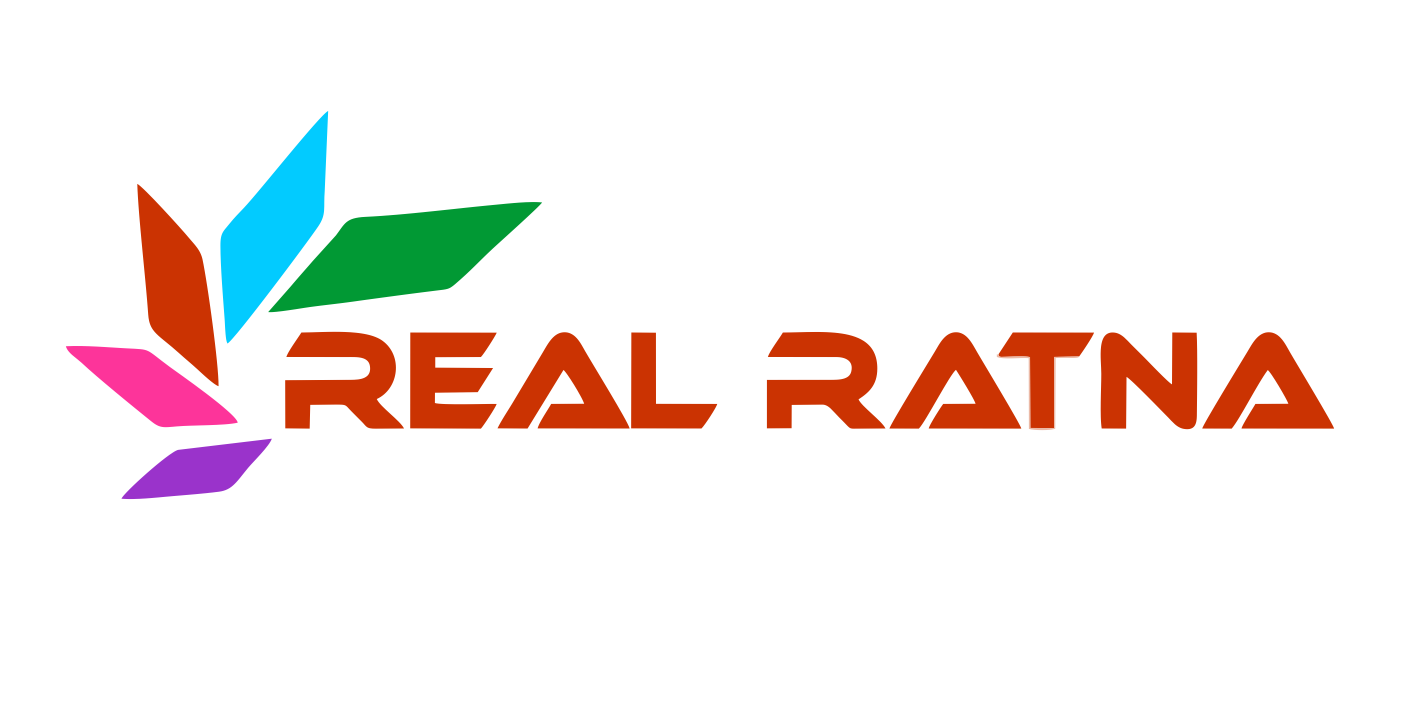Function of General Agreement on Tariffs and Trade
The General Agreement on Tariffs and Trade, also known as GATT, is a multilateral agreement created in 1947 with the main purpose of promoting international trade by reducing trade barriers and tariffs. GATT served as the foundation for the creation of the World Trade Organization (WTO) in 1995.
The primary function of GATT was to facilitate free trade by promoting the reduction of trade barriers such as tariffs and quotas. Tariffs are taxes imposed on imported goods, making them more expensive and less competitive in the marketplace. These taxes can act as a significant barrier to entry for smaller or developing countries, making it harder for them to compete on the global stage.
GATT aimed to reduce these barriers, providing a level playing field for countries of all sizes and economic development. This goal is achieved through negotiations between member countries, where they negotiate lower tariffs and agree on rules for conducting international trade.
One of the significant achievements of GATT was the introduction of the most favored nation (MFN) principle. This principle ensures that all member countries receive the same treatment in terms of import duties and trade regulations. It means that a country cannot discriminate against another country by imposing higher tariffs on its goods.
Another function of GATT was the promotion of fair trade practices. Members were required to abide by rules designed to prevent unfair trade practices such as dumping, which is the export of goods at prices below their production cost, or subsidies that distort trade, making it harder for other countries to compete.
GATT also established a dispute resolution process to settle trade disputes between member countries to prevent trade wars, which can be highly damaging to the global economy.
Overall, the General Agreement on Tariffs and Trade had a significant impact on global trade, ensuring that countries had fair access to markets, providing a level playing field for businesses around the world and promoting fair trade practices. The agreement has evolved into the World Trade Organization, which continues to promote free and fair trade globally.
